Michael Alexander speaks to Courier columnist Alistair Heather who has been appointed as the National Library of Scotland’s broadcaster in residence, and will lead a festival marking 100 years of broadcasting in Scotland.
When the BBC launched in Scotland at 7pm on Tuesday March 6, 1923, listeners heard the skirl of “Hey Johnnie Cope” on the bagpipes, after which John Reith, the general manager of the British Broadcasting Company, bent towards the microphone and announced that “5SC, the Glasgow station of the BBC, is calling”.
Of course, the BBC’s first wireless broadcast was not Scotland’s first radio transmission.
That actually happened two months earlier when, from January 24 to February 3, 1923, the Marconi Company and the Daimler Motor Company broadcast from the Kelvin Hall, Glasgow, to promote their car radios at the Scottish Motor Show.
But when the National Library of Scotland’s recently appointed broadcaster in residence Alistair Heather reflects on the history of broadcasting in Scotland, he says there’s a “beautiful irony” to controversies facing the BBC then and controversies facing the BBC today.
Bagpipe controversies
“When the BBC started with bagpipes playing Hey Johnnie Cope, the Jacobite marching anthem, they immediately got slagged off for being twee, tartan kitsch and massively out of touch,” said Alistair, of Newbigging.
“This is 1920s Scotland: The time of Hugh MacDiarmid, Nan Shepherd. A time of great Scottish painting renaissance. Big political ideas in the wake of the First World War.
“As soon as it’s launched, folk are like ‘what is this p*sh’?
“Now, bang on 100 years later, BBC Scotland are in a big stooshie because they are (apparently) set to replace Pipeline, the main bagpiping show on the radio.
“So they were slagged for launching with bagpipes and now they are being slagged for ‘cutting’ bagpipes.
“It’s a beautiful irony, but I think it’s kind of ‘Christ, the Scots are hard to please!’”
What does Alistair’s role involve?
Alistair Heather recently took on the broadcaster in residence role which is a temporary post created to celebrate the 100th anniversary of Scotland’s first radio transmission.
It’s about drawing attention to the massive moving image archive that the Scottish people have free access to through the National Library of Scotland.
It contains well over a century of incredible films, documentaries, TV shows, and amateur footage that enthusiasts have filmed over the years.
Before this interview, Alistair has been immersed in viewing a “goldmine” of Dundee footage through the 20th century.
Footage he’s enjoyed includes 1948 films about the manufacture of jute and the “living communities” around them and a Dundee police sports day at Dens Park.
“A big part of my role as broadcaster in residence is to let different communities in Scotland know that this amazing footage is out there,” he said.
“I’m working with the Scottish Poetry Library – helping them explore moving image archives of the great poets.”
Festival of Broadcasting
Alistair is leading the National Library of Scotland’s Festival of Broadcasting which sees the bulk of events taking place between March 28 and April 1 at the National Library, Kelvin Hall in Glasgow. All events are free.
He’s chairing three conversations which will see some of Scotland’s best-known TV and radio presenters take part in a special series of panel discussions, Q&As and screenings centred around news broadcasting, sport broadcasting and minority language broadcasting.
The famous faces taking part include journalist and presenter Shereen Nanjiani, award-winning news reporter and political editor Colin Mackay and Laura Maxwell who presents Good Morning Scotland.
Events also feature sports journalist Jane Lewis, comedian and presenter Julia Sutherland, broadcaster and writer Hugh Dan MacLennan, musician Mary Ann Kennedy and comedian and presenter Ray Bradshaw.
In the ‘news’ conversation, he’ll discuss with Colin Mackay and Laura Maxwell how broadcast news is “still about the most trusted source for the general public”.
But that in itself brings controversies such as allegations of government influencing media and even during wartime, the BBC becoming a “propaganda machine”.
“We’ll be talking about how trustworthy the news is, how they manage to steer through misinformation and disinformation, and how they decide what to put in,” he said.
“Because if you put something on the STV news at six in Scotland, people believe it, so we’ll be speaking to Colin Mackay about that authority.”
Alistair describes Good Morning Scotland as “pretty unique in the Scottish broadcast landscape” as it is “Scotland looking out at the world”.
The high quality global news programme with a Scottish slant should be the “template” for more broadcasting, he said.
But how do you choose the news from the entire Earth?
Who gets to ‘own the truth’ at a time of fake news?
How do you disseminate fact from fiction when it comes to social media?
Importance of communities
Alistair says that for a long time, broadcasting was arguably “just a propaganda voice of the state”.
But through the 1970s/80s/90s, there was a “real change” where people thought they should have more ownership over their own narratives.
“That’s when you start to get the more modern news that you have today where people are quite central to it,” he said.
“You’ll hear different voices and you’ll hear different communities getting to put their story forward.
“We’re at a very difficult position though, because TV news is so trusted.
“We’ve seen the launch of GB News which masquerades as an informing news programme.
“It doesn’t have the same checks and balances.
“It doesn’t have the same oversight. It is pushing a distinct angle, so we are seeing the Americanisation of broadcast news in the UK.
“It’s proven popular and it’s proven disruptive.
“But it’ll be really interesting to see how the traditional broadcasters meet that challenge and how the public manage to keep telling facts from fiction.”
Success of sports broadcasting and Gaelic
A great success story in helping foster Scottish identity, he says, is broadcast sports journalism.
For example, the Scottish national men’s football team as a broadcast sensation has given shared experiences to generations of Scottish people.
“Broadcasting sport has kept us in touch with our team and kept us in touch with the concept of our nation through things like mass industrialisation and the collapse of industries in places like Dundee,” he said.
Gaelic is a similar success story.
It can be argued that Gaelic broadcasting is why Gaelic is still alive.
“Before Radio nan Gàidheal started up, Gaels did not realise they all spoke a communal language,” he said.
“They thought the Gaelic of Sutherland was a completely different language to the Gaelic of Arran.
“It’s only through broadcast and hearing each other’s dialect that they started to get a communal sense of shared Gaelic identity.
“And that’s led on to BBC Alba and led on to Gaelic being one of the core parts of modern Scottish identity.
“While there are not many speakers compared to the wider population, a lot of people understand Gaelic as being a part of who we are today.
“Broadcasting has nurtured and incubated that.”
‘Failure’ of Scots language exposure?
With the Scots dialect, however, it’s “precisely the opposite”, says Alistair.
“Because we’ve never had Scots language broadcasting – and through the archives it’s amazing how little Scots there is and how hard it is to hear a Dundonian speak in Dundee Scots in any broadcast in the last century – we haven’t had that communal understanding that we share a language.
“We haven’t had that communal understanding that Aberdeenshire Doric is a dialect that’s part of a shared language with Shetland, with Border Scots and with Dundonian.”
Alastair says the “power to tell your own stories is vital”.
But sadly, broadcasting in Scotland “hasn’t always told our own stories in our own language”.
Perhaps this reflects the BBC’s London-centric origins in 1923 and a sense then that this “is not broadcasting for Scotland, this is broadcasting to Scotland”.
“The BBC have now acknowledged the damage they’ve done to Scots or acknowledged the fact they haven’t represented Scots,” he said.
“All they are doing now is they no longer tell presenters how to speak in a certain way.
“But we all know – if you are going on the telly you have to speak the ‘Queen’s English’ because we’ve been seeing that for 100 years!
“We see the value in representing people of colour or LGBT people.
“We know that’s important, people feeling confident in who they are.
“But Scots language speakers and Dundonians have not seen themselves reflected on our screens and on our radios.
“That has I think led to Dundonians thinking of themselves as oary and thinking themselves as rough and thinking that their horizons are limited by who they are, where they are from and how they speak.
“I do think that’s a failure of broadcasting.
“We look at broadcasting as building the success of Gaelic identity.
“But there’s been the failure of nurturing a Scots one.
“The impact of broadcasting is so huge and all pervasive.”
Want to know more about festival?
The Festival of Broadcasting, March 28 to April 1, National Library, Kelvin Hall, Glasgow.
For more information go to www.nls.uk/events/festival-of-broadcasting/
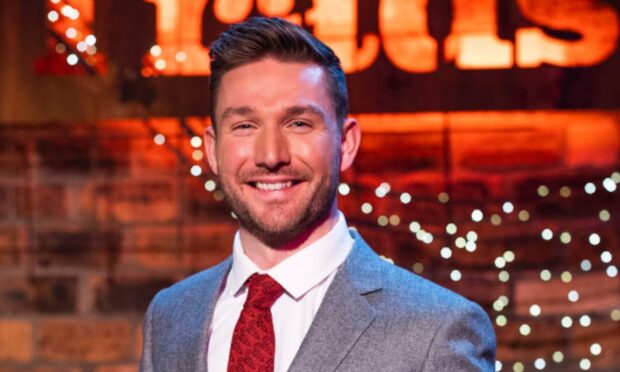
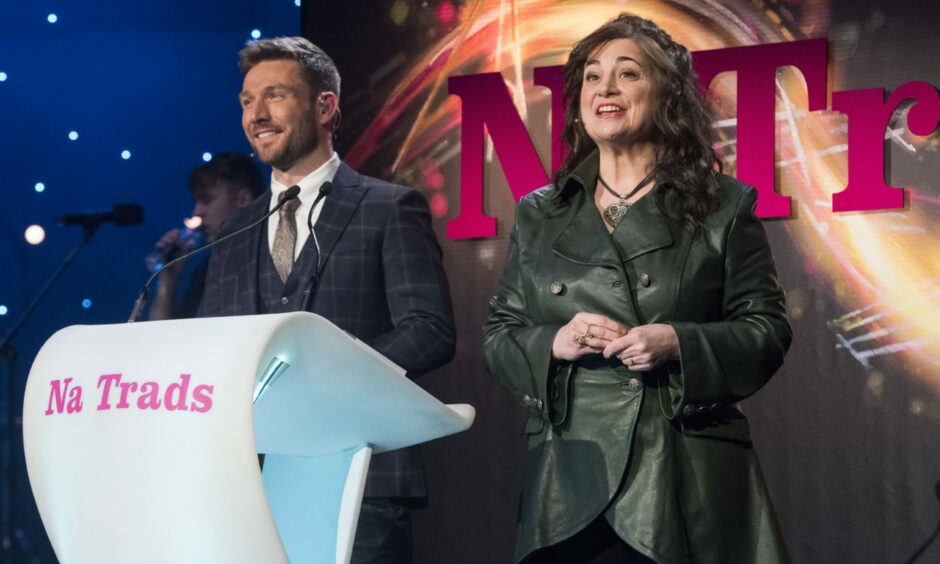
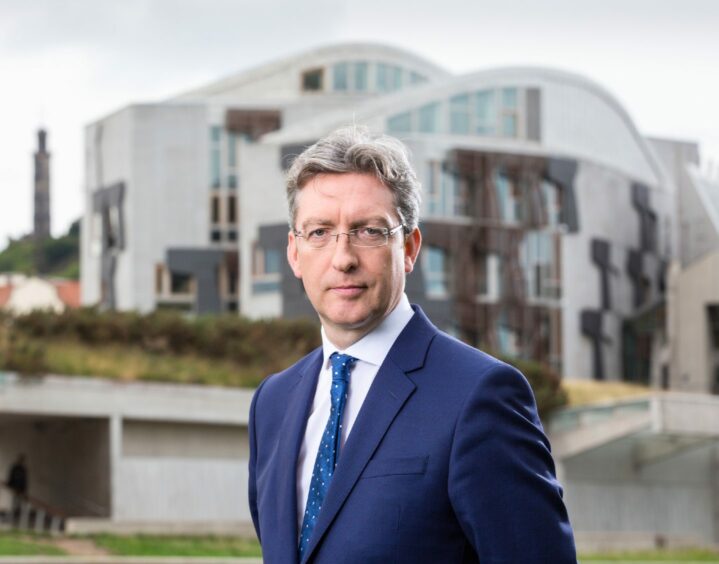
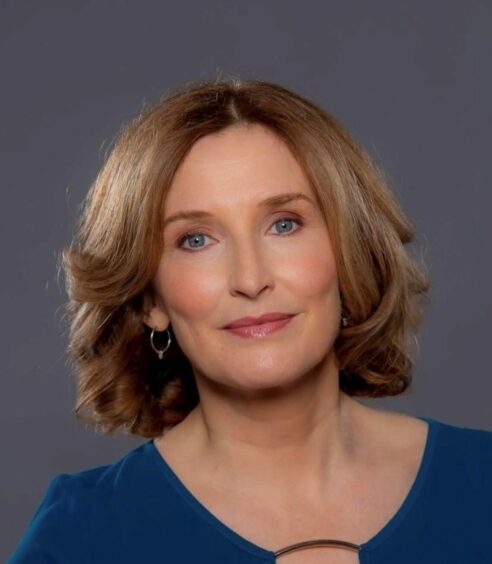



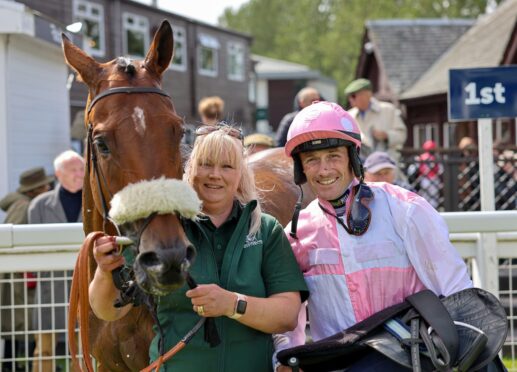
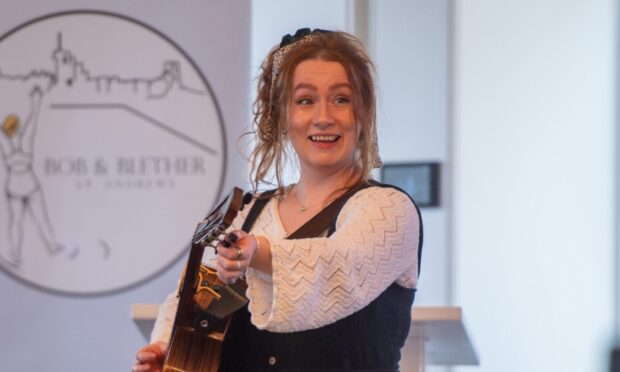




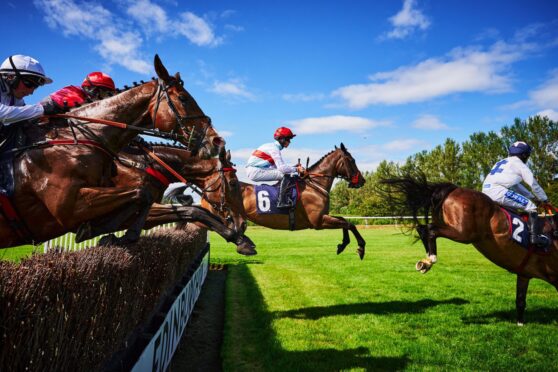

Conversation